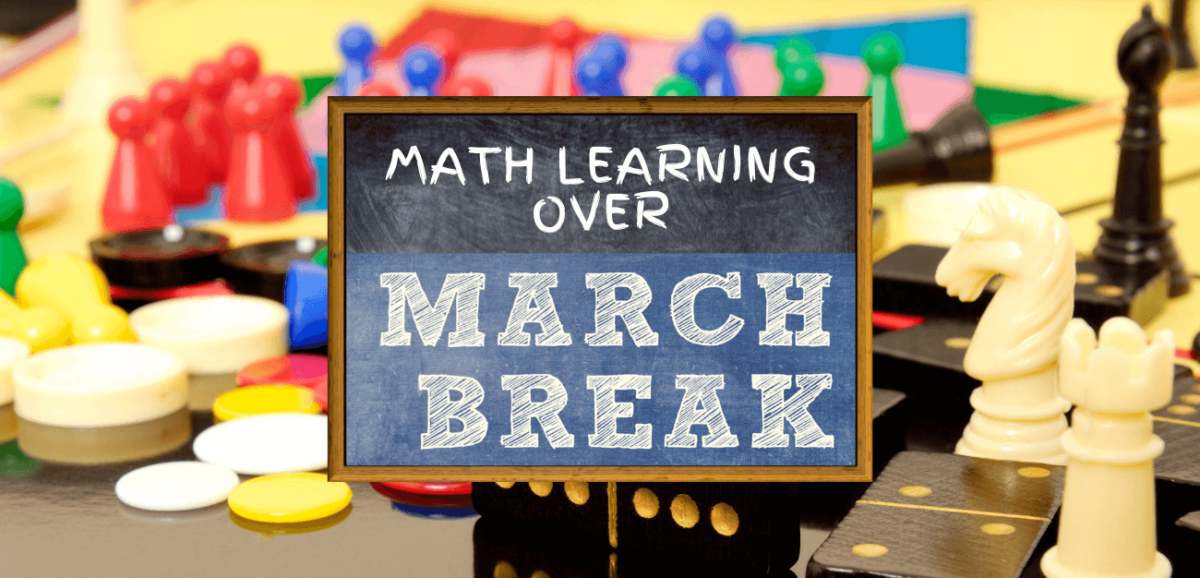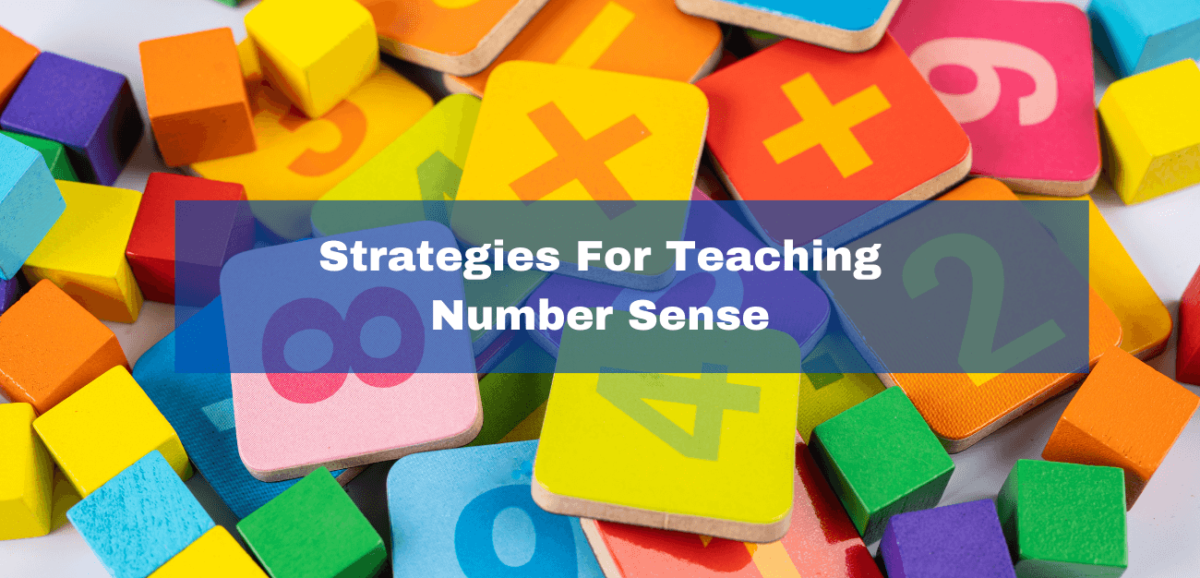Parents or guardians often wonder how to spark their child’s interest in math. It’s no easy feat, as math can sometimes feel like a chore or a daunting task. However, it’s important to remember that math is essential in our everyday lives and can be a fun and rewarding subject to learn.
Enrolling your child in Dropkick Math Academy is one way to make math engaging. Our math help services offer an innovative platform providing parents and children with fun math tools and games.
Staying Motivated
For children who have trouble staying motivated when it comes to math, the challenge can seem daunting. But there are a few “hacks” that Dropkick Math uses to make learning math enjoyable for kids. Here are five of the top hacks we use to keep children engaged in the subject:
1. Fun Characters
Dropkick Math introduces fun, memorable characters into their lessons, such as Captain Struggle, Dropkick Lee, and Frustrating Francine. These characters help make math more fun by providing a familiar face and story with which children can easily identify. The characters also provide engaging learning moments that make it easier for kids to master math concepts and equations.
By involving characters into our learning, children become more engaged and interested in the material. Even as adults, we understand that learning math can be dull and boring, but with some fun characters encountered along the way, it becomes a little more fun!
2. A Variety Of Learning Methods
At Dropkick Math Academy, we believe that math instruction should not be limited to just one method. Our approach involves providing a variety of teaching methods that cater to different learning styles.
We understand that children have unique needs, and that’s why we incorporate interactive activities such as puzzles, stories, and manipulatives to help them grasp math concepts. These activities not only make math more fun, but they also help children avoid feeling overwhelmed by repetition or boredom with one type of instruction. Our goal is to equip children with the tools to succeed in math, while making it an engaging and enjoyable experience.
3. Game-Based Learning
Traditional math tutoring methods can often be boring and tedious for children, leading to a lack of engagement and motivation to learn. However, by transforming these methods into engaging games, children can not only improve their math skills but also boost their confidence.
These games allow children to become active participants in their education, making the process much more enjoyable and rewarding. As a result, they will be more likely to retain the information they learn and develop a positive attitude toward math.
Dropkick Math Academy has created fun yet challenging games allowing children to practice their skills safely. Mistakes are part of the game rather than something discouraging them from taking risks in order to learn more effectively over time. And since these games adjust difficulty based on how well each individual student is performing – no two players ever have exactly the same experience.
By creating a fun and effective way to learn, we can help children develop a love for math that will last a lifetime.
4. Encouraging Creativity
At Dropkick Math Academy, we find that one of the best ways to motivate children is by encouraging them to think outside of the box when dealing with mathematical concepts or puzzles. By allowing them to explore multiple approaches, it gives them a sense of ownership over their success while still being able to seek help when needed – without feeling like they are being spoon-fed answers or given shortcuts around hard work.
5. Rewards!
To motivate children to take on challenging problems, Dropkick Math incorporates game-like elements into our lessons and rewards those who take the initiative to learn. Each week, teachers add to students’ battle pack challenges to be completed for battle points. Once they meet again for their next class, they should be ready for more battle training to become a math dropkicker. The battle points that children earn add up to a reward at the end of the program, so students will most likely be eager to earn as many as possible.
Our rewards may change over time, but they currently include Amazon Gift Cards, Pokemon Cards, Bluetooth Earbuds, LOL Surprise Dolls and more!
Our “Hacks”
All things considered – these five hacks used by Dropkick Math truly make a huge difference when trying to motivate young minds about mathematics! From introducing friendly characters for extra engagement to providing difficult yet rewarding problem-solving scenarios, each hack provides unique cognitive benefits that will continue even beyond their educational journey!
It isn’t easy to keep children motivated to learn math, but we see results with our unique approach to math help services.
At Dropkick Math Academy, we believe in creating a supportive and encouraging environment that helps children build confidence in their abilities. By breaking down complex concepts into manageable parts, we make math accessible and even enjoyable for kids.
Our small class sizes allow our teachers to consider each child’s unique strengths and weaknesses, ensuring that they get the individualized attention they need to succeed. Through our method, we’ve seen increased test scores, improved understanding of math concepts, and most importantly, a renewed love of learning.
How Dropkick Math Academy Works
We first start with a FREE Early Indicators Assessment that will help us understand where your child may need help in their math education. During the assessment, children will be asked a series of questions, and their ability to understand basic math operations will be monitored.
This assessment’s results help us place the child in the appropriate program for their learning needs. Our programs are based on the child’s needs, not their grade. So, some children may be placed in a higher or lower program allowing them to learn at the level needed.
Dropkick Math Academy is an online math tutor that understands the needs of busy families. After the assessment, our coordinator will be in contact to get your child’s availability. We have programs starting every few weeks at various times and days throughout the week, so it is easy to fit into your busy schedule.
All classes have a maximum of four students and are taught by certified Ontario teachers. Our programs include 12 sessions which run for 60 minutes twice a week. All programs encourage parental/guardian participation and allow time in each class for parent/teacher feedback.
With these motivating “hacks” and programs taught by certified Ontario teachers, it is no wonder that Dropkick Math Academy is a leading math tutoring company in Canada. To learn more about our programs and to get your child started with our FREE assessment, visit our website today!











